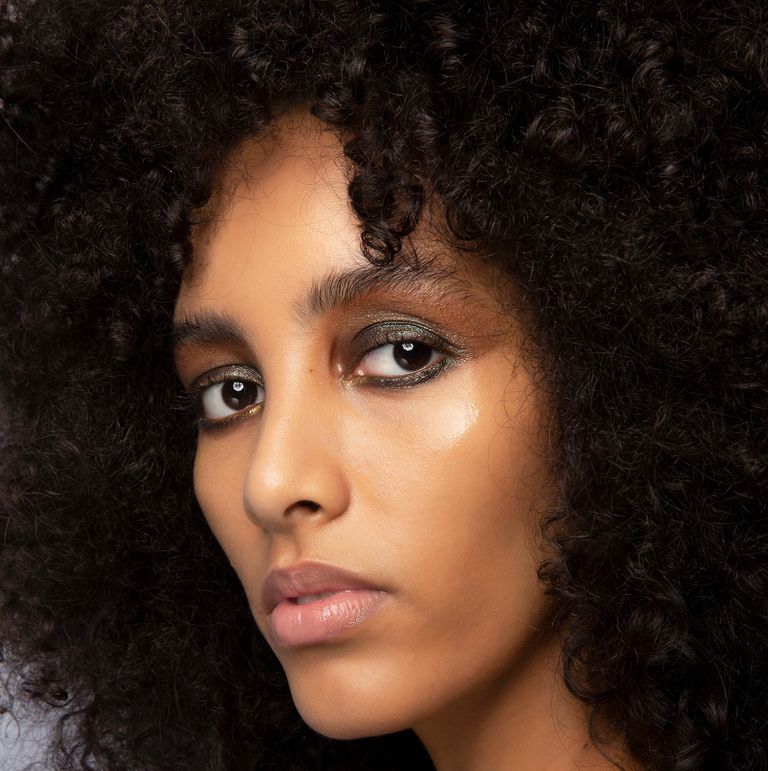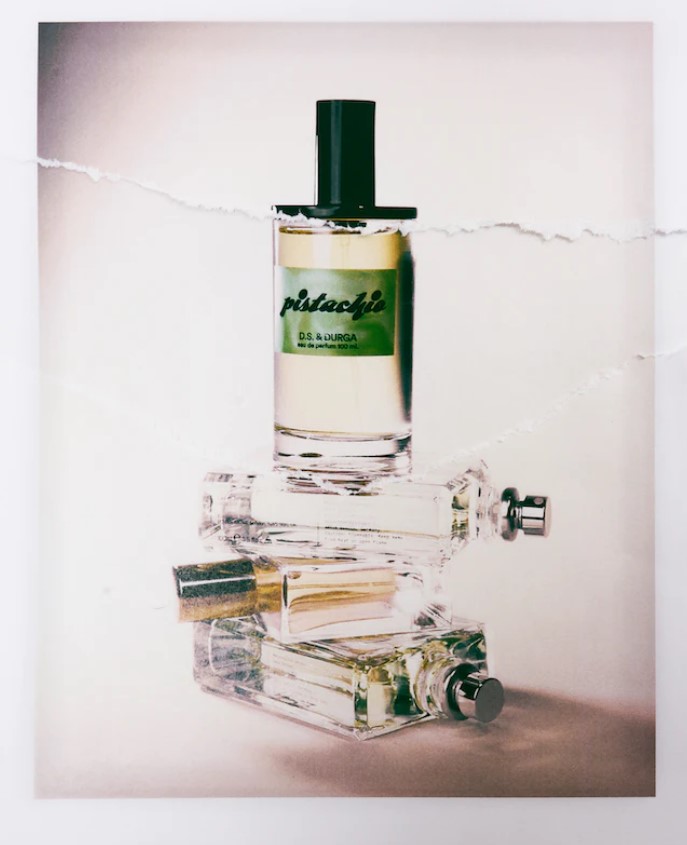If you have a curly or coily hair texture, you probably know that the best way to keep your hair moisturized is with a good ‘ol deep conditioner and plastic cap combo. I’ve been using the old school technique since the age of 10. (Thank you, mom!) But, I’m here to tell you that there’s another (and possibly better) way to hack your deep conditioning session and to enhance the moisture of your hair. Please welcome steaming treatments to the party.
To find out more about hair steaming’s benefits and what makes it so great for your strands and scalp, I talked to a trichologist and colorist, Bridgette Hill. Below, Hill answers all my hair steaming questions and offers a few steamers and products to shop.
What is hair steaming?
This treatment is exactly what it sounds like: applying steam to your hair and scalp. “Steaming is using moist heat to open the hair cuticle to allow benefits of treatments, oils, and masks to penetrate deeper into the hair fiber for maximum hydration and moisturization,” says Hill. “When the steam produces moist heat, the cuticle slowly, gently swells and is infused equally with water and treatment. Dry heat from a dryer lifts the cuticle, allowing the healing ingredients to penetrate the strand, but does not allow the product to penetrate deeply. [This is] why it is often suggested to use a plastic cap when using a hooded dryer to establish a moisturized environment inside of the plastic cap.”
But steaming isn’t just for your hair: it has incredible benefits for your scalp, too.“I like to [compare it] to a pedicure,” explains Hill. “Think about exfoliating the heels of the feet. There is a more impactful removal of dead skin when you soak your foot in water. Steaming the scalp works similarly— because moisture-based heat softens the skin cells on the scalp and the base of the root in a non-invasive way. Steaming the scalp is a primary step necessary for removing built-up skin cells and improving blood flow and circulation. Similar to the hair fiber, the steam also allows for the active ingredients to penetrate the dermis at a deeper level.”
What are the different ways you can use steam to take care of your hair and scalp?
According to Hill, steam is excellent at refreshing coily and curly hair textures to help maintain curl definition and minimize product use. “A functional handheld steamer like the Q-Redew is a solid option,” says Hill. “The finger-like prongs can be combed through to rehydrate and elongate your curl. Repeated use can help in minimizing shrinkage over time.”
What’s the ideal temperature and duration for a steaming session?
“Any ideal steam treatment should be a minimum of 30 minutes but can extend to an hour and a half,” explains Hill. “[Concerning temperature], the scalp should not feel uncomfortable or irritated. It should be more like a spa-like experience.”
What should people avoid when steaming their hair?
“The biggest mistake people make with steaming hair is using a poor-quality product,” says Hill. “To truly benefit from steam, look for treatments that are rich in fatty acids, like shea butter oil, avocado, or castor oil.”
How should you take care of your hair after you steam it?
Hill insists that the best maintenance is regularly applying moisture to your ends (she loves Rene Furterer 5 Sens Enhancing Dry Oil), reducing the use of heat tools, and avoiding over shampooing the hair.
Who should avoid steaming treatments?
“Anyone suffering from severe scalp concerns, psoriasis, eczema, folliculitis, dermatitis should not steam unless supervised by a scalp care professional or dermatologist,” warns Hill. “It is important not to overstimulate or remove the in on scabs or sores that may have skin cells healing underneath the protective healing of the sore or scab. When steam is used at inappropriate times during the hair growth and skin shedding cycle, steam could disrupt the microbiome and contribute to bacterial or fungal infections.”













No Comments